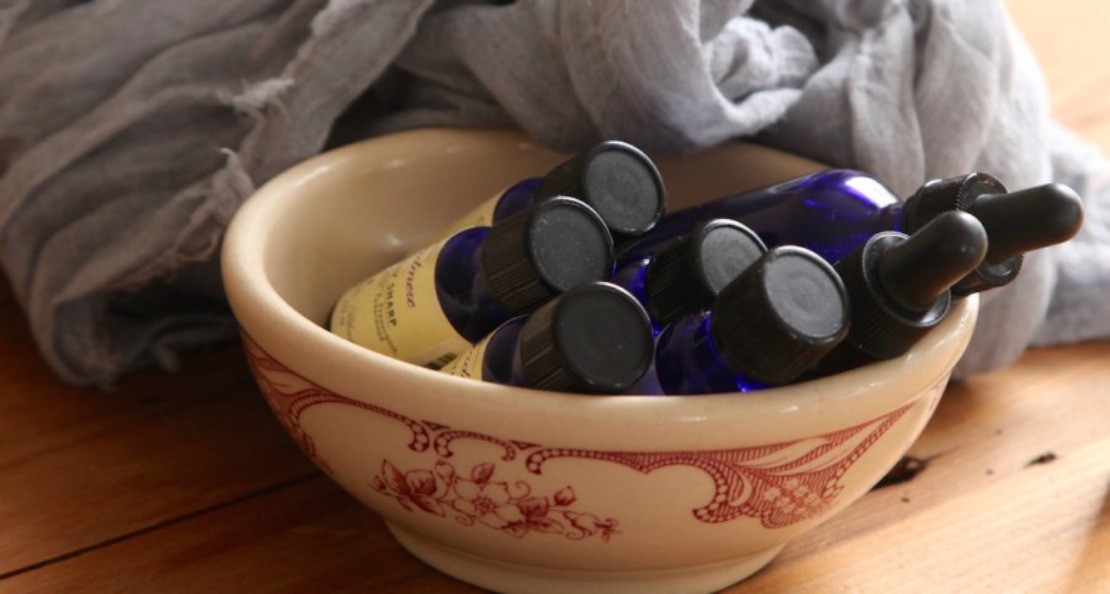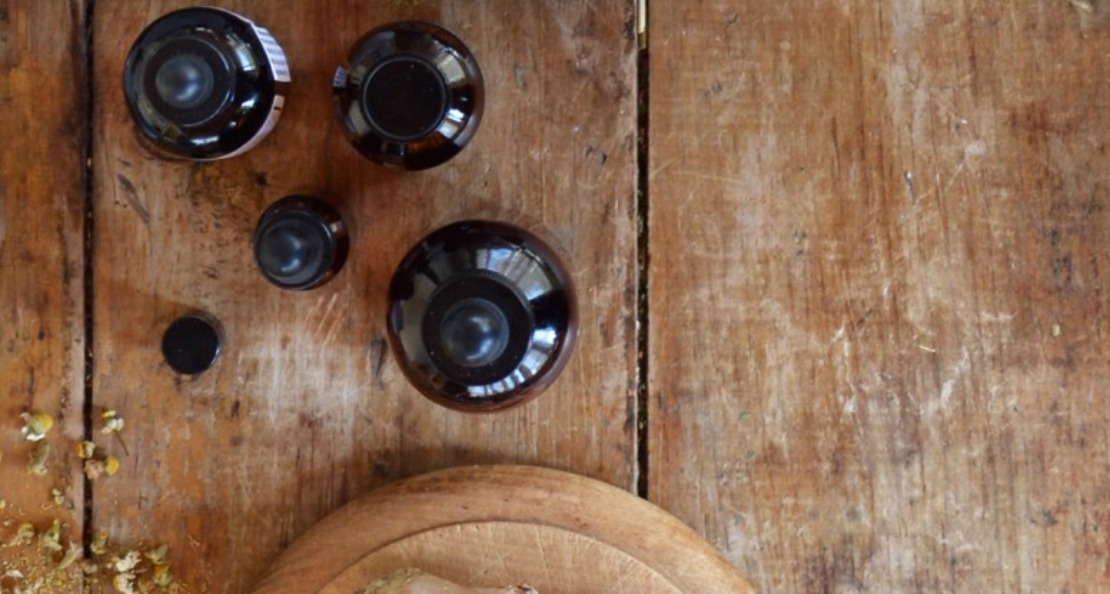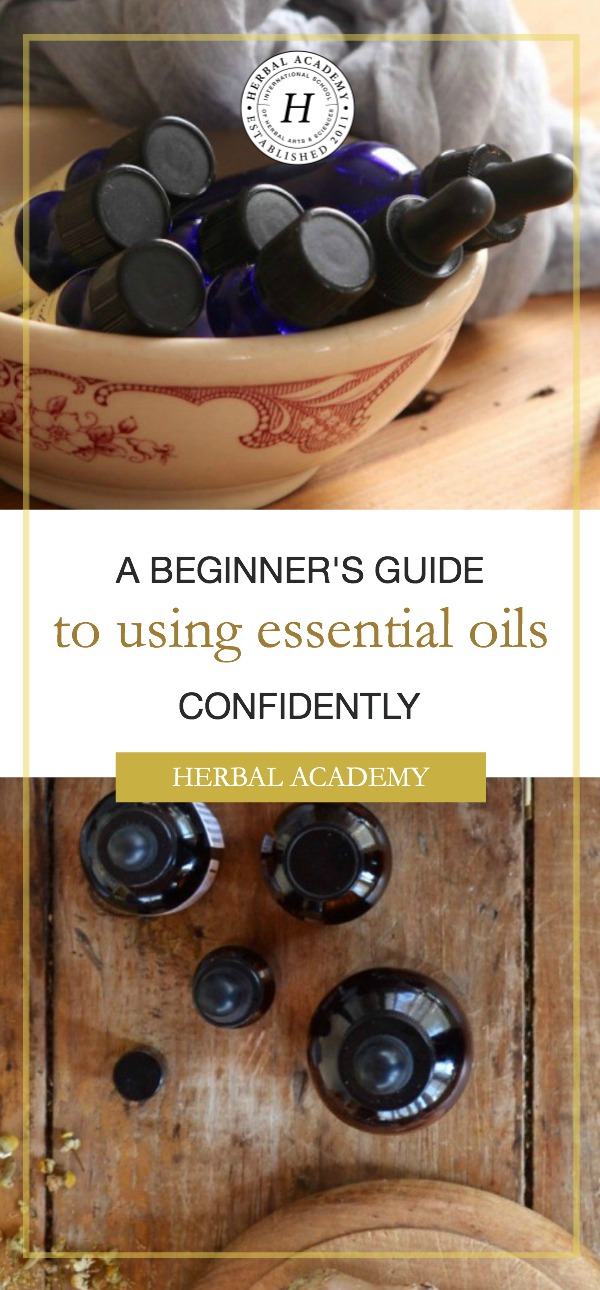
A Beginner’s Guide to Using Essential Oils with Confidence
How many of these phrases have you read or heard?
- “Essential oils are natural.”
- “Essential oils are safe.”
- “Essential oils are powerful, and you need to be very careful when you use them.”
- “Don’t ever use essential oils internally.”
- “Using essential oils internally is perfectly safe.”
- “Don’t use essential oils if you are pregnant.”
- “Essential oils are safe to use for anyone at any time.”
- “Essential oils can be cure cancer and viral infections.”
- “Essential oils can be used straight out of the bottle.”
- “Essential oils should always be diluted.”
With so much contradictory information flying around, how does one know where or how to start using essential oils, especially when each of the above statements has at least a modicum of truth? Those who lean toward caution may find this labyrinth frightening, but it really does not have to be. Unfortunately, there is a tremendous amount of misinformation being passed around, but everyone can learn to use essential oils safely and with confidence by keeping things simple. The K.I.S.S. (Keep It Simple, Silly) principle definitely applies to essential oils.
5 Simple Steps to Using Essential Oils with Confidence
Here are five simple steps to using essential oils with confidence for everyone, even beginners.
Step #1: Start Small
You can use a handful of essential oils to address most of the issues a family might prefer to address using an essential oil. You can gradually build your oil collection, yet most families will be able to take care of all of their family’s wellness needs with fewer than 10 oils.
Additionally, if you use essential oils correctly, you will use very small amounts, which means your essential oil bottles may last you quite a long time. There is no sense in buying oils you will not need often only to have them expire before you can use them up. Plus, making essential oils presents a significant ecological challenge, as it takes tons of plant material to make the essential oils we buy in such small bottles. If ecological responsibility is important to you, then you will want to treat your essential oils as the precious gifts they are and use them without being wasteful.
Step #2: Learn Slowly
Another phrase floating around is, “getting to know a few oils well is more important than having a large essential oil collection.” This is excellent advice. There is a lot of therapeutic overlap among the essential oils, so you really do not need a huge collection to cover most needs. Plus, the better you know the oils you have, the more creative you can be with them.
Step #3: Start Safely
Although essential oils are more natural than many of the chemicals we have in our bathroom cabinets and under the kitchen sink, that does not mean they are completely safe for every person and for every form of application. Some oils are very safe for a broad range of uses, making them excellent for beginners, while others can cause irritation and even allergic reactions with some people or if used incorrectly. If you use safer oils, you are less likely to experience negative effects, and you have more learning curve flexibility.
Step #4: Inhalation is Powerful
Essential oils can be used via inhalation, topically, or internally, and this lists the application methods with increasing levels of risk.
What is totally amazing to so many of us is how effective inhaling essential oils can be. Often inhalation is all that is needed to address whatever issue is at hand, whether needing extra support to calm an overexcited child before bedtime or soothe a headache. Inhalation is also the best approach to use with children under age 6.
Topical use is the best approach, in many cases, but skin irritation becomes a possibility and appropriate dilutions are required, making this approach more complex while not necessarily being more effective.
Although some essential oils can be used internally, this takes a significant amount of extra study and understanding to be done safely, so it is not recommended for beginners.
Step #5: Dilute! Dilute! Dilute!
This step is more important than most people realize, but with essential oils, less is truly more. Essential oils are highly concentrated with pounds of plant matter being distilled to produce tablespoons of essential oil. Diluting an essential oil in a fixed oil, such as jojoba wax, sweet almond oil, fractionated coconut oil, or olive oil before using the blend topically on the skin is safer and sometimes is even more effective than using the essential oil “neat” or straight from the bottle. Sometimes using less essential oil is actually more effective than using more would be.
Once you learn more about essential oil safety, you can explore using various dilution ratios, but for beginners the best thing to remember is 1,2,3.
A 1% dilution is 1 drop of essential oil in 1 teaspoon fixed oil, which is easy to measure. Make a puddle of about 1 teaspoon carrier or fixed oil in the palm of your hand and put 1 drop of essential oil into that puddle. Voilá!
- 1% dilutions are for facial skin, young children ages 6-12, pregnant women, the elderly, and anyone with sensitive or irritated skin or who has a suppressed immune system.
- 2% dilutions are for most daily applications and even some specific need applications.
- 3% dilutions are for areas of direct treatment, such as massaging a sore joint or sore muscle.

An Example of Using An Essential Oil Confidently
Lavender is sometimes called the “Swiss Army Knife” of essential oils since it can do so many things. “Swiss Army Knife” sounds kind of harsh, so I prefer lavender being a “Best Friend.” Like a best friend, it can help soothe and calm, yet it can also be strong when strength is needed to fight off germs. Lavender has also been the subject of hundreds of scientific studies, including many human clinical trials.
For step #1, this means lavender should be in your basic essential oil kit. Step #2 means that you can keep learning something new about lavender and different ways to use it for a long time. As for step #3, it is also one of the safest essential oils, making it an excellent first oil to purchase and use without worry. Steps #4 and #5 apply in that inhaling lavender can help soothe a headache or help you get to sleep, and if you to use it topically, a 1-2% dilution will provide support for most needs. An article to get you started learning about lavender, in particular, can be found here.
Essential Oil Starter Kits To Help You Move Forward
The first starter kit below is made up of very safe oils that cover a broad range of therapeutic properties. Following that list are three “add-on” kits. Each of those includes oils that need an increasing amount of awareness to be used properly, including those with additional cautions for use with children and people with asthma.
It is easy to see that one can quickly end up with a large collection of essential oils that are easy to use, but it is really not necessary to purchase so many. This breakdown is a suggestion as all of the oils on this list are relatively easy to learn to use safely and effectively. Add-on kit 3 lists the essential oils that present the greatest challenges of those on this list, but if you wish to use them, simply be sure to learn all you can about them when you include them in your collection. However, there are other options in the other kits that usually serve the same purpose without presenting the same concerns.
Always check the botanical name of the essential oil you purchase. Many essential oils go by similar or same common names, yet their essential oils may have different therapeutic and safety profiles.
Starter Kit
- *Lavender (Lavandula angustifolia)
- *Sweet orange (Citrus sinensis)
- Rosalina (Melaleuca ericifolia)
- Cedarwood (Juniperus virginiana)
- Tea tree (Melaleuca alternifolia)
- Bergamot mint (Mentha citrata)
- **Roman chamomile (Anthemis nobilis or Chamaemelum nobile)
- **Frankincense (Boswellia species)
- **Helichrysum (Helichrysum italicum)
*Note: If I bought only two oils to start, lavender and sweet orange would be my choices. These two oils have properties that calm emotions, reduce pain, soothe digestion, decrease congestion, uplift emotions, destroy germs, relax tight muscles, can be used with most people, and orange smells good anytime and for any reason.
**Note: German chamomile and Roman chamomile are different essential oils. Be sure you are getting Roman chamomile.
**Note: Frankincense may have sustainability issues. Check that your source provides sustainably harvested frankincense.
**Note: Helichrysum is very expensive and often adulterated. It is one of the best healing oils to have in any first aid kit, so I have included it in the starter kit 1 for that reason. Save your pennies for this one and make sure you purchase it from a reputable source.
Add-on Kit 1
- *Steam distilled lime (Citrus aurantifolia)
- Patchouli (Pogostemon cablin)
- Vetiver (Vetiveria zizanoides)
- Basil ct. linalool (Ocimum basilicum ct. linalool)
- Spearmint (Mentha spicata)
- Palmarosa (Cymbopogon martinii var. motia)
*Note: Steam distilled lime does not present the phototoxicity concerns of cold pressed lime.
Add-on Kit 2
- *f (Citrus limon)
- Black Spruce (Picea mariana)
- Ginger (Zingiber officinale)
- Rosemary (Rosmarinus officinalis ct. cineole)
*Note: Be aware of phototoxicity safety if using lemon topically.
Add-on Kit 3
- *Thyme ct. linalool (Thymus vulgaris ct. linalool)
- **Peppermint (Mentha x piperita)
- ***Eucalyptus (Eucalyptus radiata)
*Note: “ct.” stands for “chemotype,” which means that one component is higher than normal for that plant in that particular “chemotype.” The most common chemotype for thyme is the thymol chemotype, but it is very harsh. The linalool chemotype is very effective while being far less harsh.
**Note: Be sure to learn how to use peppermint properly with children.
***Note: There are several species of Eucalyptus. E. radiata is one of the most versatile and safest. Be sure to learn how to use Eucalyptus properly with children.

Resources for Using Essential Oils with Confidence
You now know which oils to buy, but what is the best way to learn about them? The Herbal Academy has several articles to help beginners, starting with The Ultimate Essential Oils Guide. One of the articles listed here also gives suggestions for how to find a reputable essential oil source for purchasing quality essential oils.
Online aromatherapy schools often offer a free introductory course and almost certainly provide educational blogs. These are more reliable sources for a beginner than social media sites, such as Facebook, Pinterest, and Instagram.
Some books you would find helpful for starters are:
- Essential Living, by Andrea Butje
- The Heart of Aromatherapy, by Andrea Butje
- The Complete Book of Essential Oils and Aromatherapy, Valerie Ann Worwood
- The Complete Aromatherapy and Essential Oils Handbook for Everyday Wellness, by Nerys Purchon and Lora Cantele
- The Healing Intelligence of Essential Oils, by Kurt Schnaubelt
Other authors to consider:
- Jeanne Rose
- Penny Price
- Jennifer Peace Rhind (These books are a bit more technical but are beautifully written and chock full of excellent information.)
Often there may be classes available locally, either free or for a small fee. Check the credentials and background or training of the person teaching the class, and consider the material you learn in that class accordingly.
Despite all of the confusing and apparently contradictory information floating around the Internet, it is possible for a beginner to start using essential oils safely and effectively with only small initial financial and time investments. Then, as you develop experience and confidence with the one or two essential oils you use to start, you can expand your educational base to include more oils and then increase your collection slowly and safely.
Follow these steps and you are on your way to an essential oil lifestyle:
- Start small.
- Learn slowly.
- Learn about and use oils safely.
- Inhalation is always a good way.
- Dilute for topical use.








